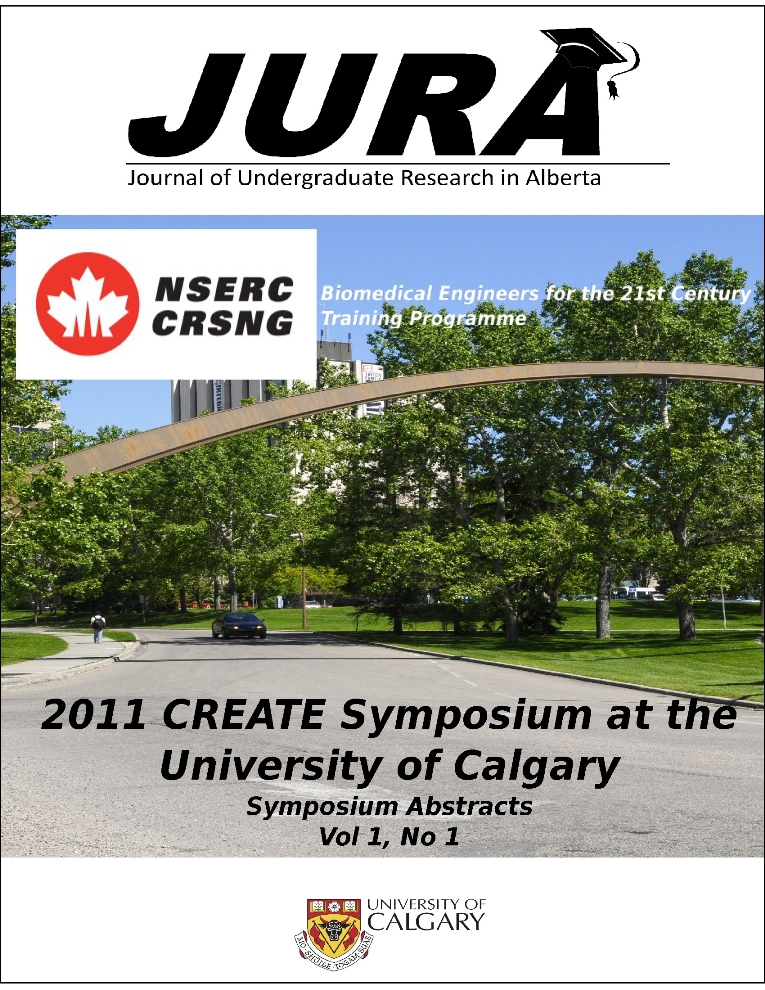Mechanical Properties of the Poling Motion in Cross Country Skiing
Keywords:
Cross-country skiing, Gait, Poling MotionAbstract
Skate cross-country skiing is a unique gait with the skis acting as sliding limbs and poles acting as fixed limbs. As skiers increase their speed, the sliding limbs (skis) remain relatively unrestricted in their ability to generate forward impulse. The poles, however, are fixed and thus the poling action depends on the skier’s speed. Since muscles generate less force at higher shortening velocity (Hill, 1938), the arms become limited in their ability to generate force through the poles. Also, muscles ability to generate force depends on their length, or the configuration of joints the muscles cross (Gordon et al., 1966). Therefore, it might be expected that the forces of arm and trunk muscles contributing to the poling action change as a function of the poling cycle. The purpose of this study was to relate maximum isometric force of the muscles contributing to poling as a function of the poling cycle, and quantify the dynamic force of these muscles as a function of skiing speed.
Maximal isometric force was measured at 11 points in the poling stride of ten nationally ranked skiers. Five of these subjects were also tested for their maximal dynamic poling force at skiing speeds ranging from 6 to 36 km/h, increasing by 6km/h increments.
Maximal isometric poling force was maximal (223N) at 20% of the poling cycle. The component of the pole force in the direction of travel was highest (117N) at 30% of the poling cycle. Toward the end of the poling cycle, the propulsive force approaches the total force and the total force decreases to 50 N.
The dynamic poling force was maximal for the two slowest speeds tested (236 N at 6km/h and 254 N at 12km/h), and then decreased force almost linearly with increasing speeds and reached 102 N at 36 km/h. The results of this study suggest that the propulsive forces in poling depend greatly on the position of arms and trunk and the speed of skiing.
Downloads
References
2. Gordon, A. M., Huxley A. F., Julien F. J., “Variation in isometric tension with sarcomere length in vertebrate muscle fibres”. Journal of Physiology, 184(1), 1966. 170-192.
Downloads
Published
Issue
Section
License
Authors retain all rights to their research work. Articles may be submitted to and accepted in other journals subsequent to publishing in JURA. Our only condition is that articles cannot be used in another undergraduate journal. Authors must be aware, however, that professional journals may refuse articles submitted or accepted elsewhere—JURA included.


